the pros and cons of glass facades can be found in this article. Aside from some of the few problems they have, they have advantages and disadvantages that appeal to everyone. In addition, the cost and cost of these systems are very low and efficient.

What is the difference between a window wall and a curtain wall?
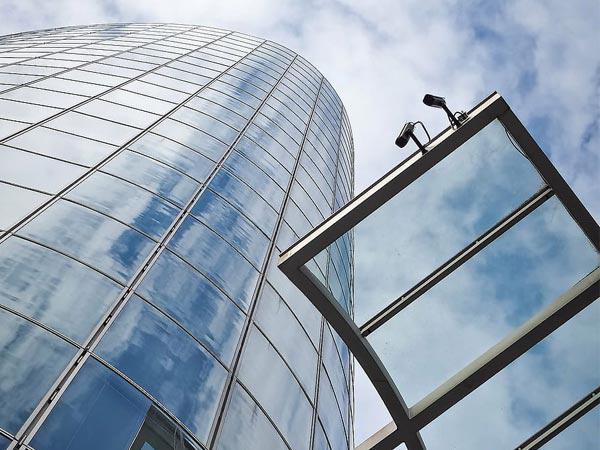
The fact is that they all think the same thing. The general definition of a curtain wall system is “the exterior coating of a building in which the exterior walls are non-structural.” The wall can made of brick, glass or any other material.
For the sake of this article, we will focus on the curtain wall over the glass and try to create an overview of the curtain wall and the window.Indeed, even the glass industry does not definitively define the two systems. There are many different projects and programs that prefer one system to another, but sometimes they are interchangeable.
Many different factors need to considered, and only after a thorough understanding of the project’s goals and design intent can we decide which system is appropriate for a particular project. Curtain Wall’s facade is economically more expensive than the window, though other factors must considered.
Curtain Wall is very durable and does not require long-term maintenance. In addition, since Curtain-Wall Units systems are built in a controlled factory environment, it requires less time in the field to assist more accurate applications.
How many types of curtain walls are there?
Generally, the facade connects to the outside of the slab, which literally acts as a “curtain” on the building and thus does not bear the structural load. In this system is placed between two ceilings on the floors of the building. curtain wall types are often built in one of two ways: the stick or unitize system.
In the Curtain Wall view with the steak method, the pieces are shipped directly to the work site, where they are collected in site storage prior to installation. The unitization system is made up of prefabricated units built in a controlled laboratory environment.
The units are shipped separately to the workshop depot for each crater, located on the same floor as these craters. Wall sliding systems are 6 to 10 inches in standard depth and can go deeper depending on the builder’s capabilities.
Systems with higher number lamellae are more stable without the need for steel reinforcement. Curtain wall systems are the ideal choice for openings with slabs over 15 feet. In both Unitez and Lamell systems, the Curtain Wall view provides superior structural strength over the window view.
It also provides excellent protection against high wind loads and earthquakes. Due to its high structural strength, Curtain Wall can be larger in size than glass. Because Curtain Wall is attached to the outside of the building, small cranes and thrust lifts are usually required for installation.
There are specific reasons for choosing a Curtain Wall system, and it might be better to say we have the ability to create a specific aesthetic. Because Curtain Wall is attached to the exterior slabs of a building’s facade, you can have an integrated “curtain” of glass on the exterior of your modern buildings.
Advantages and disadvantages of curtain walls
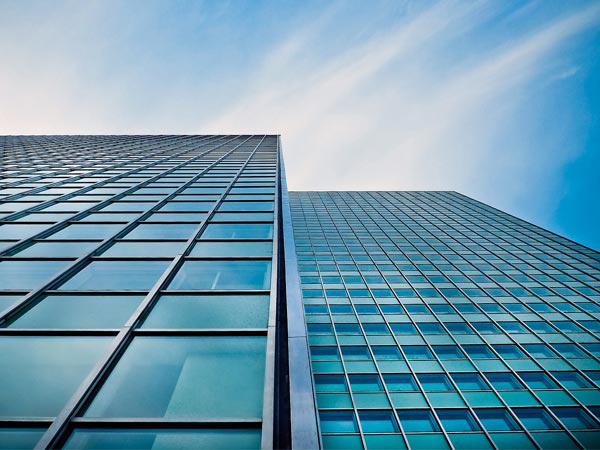
here are some of the advantages of curtain wall:
- The use of curtain wall has many advantages. Because of the use of lightweight materials, curtain wall systems are a cost-effective option for exterior coating of buildings.
- Due to the ability of the Curtin Wall system to withstand air and water infiltration, it saves energy, which reduces heating, cooling and lighting costs. So in addition to saving on construction costs, it also has the benefits of long-term savings.
- Another advantage of a curtain wall system that can be installed in small or large units may vary from floor to ceiling depending on the requirements and priority of the project or may be mounted on several floors. This type of implementation enhances design flexibility. Due to the versatility of the curtain wall system, it is an attractive modern option for any exterior building.
curtain wall
A curtain wall consists of a wall with aluminum frames and a layer of a different building material inside the frame. Depending on curtain wall fixing details and curtain wall components, the material consists of metal, stone or glass. here are some of the disadvantages of Curtain Wall:
- Stone wall disadvantages: When working with stone, you have to find a reliable contractor who uses a high quality stone. One disadvantage is that some contractors use the lower stone which is potentially dangerous. Curtain walls have no uniform characteristics, which presents a problem with stone. Natural stone has different shapes and imperfections that cross the surface.
- Metal wall disadvantages: To increase safety, contractors must install metal panels with fasteners when using curtain wall panels. During high temperatures, including fires, metal can soften or melt, changing its original shape and reducing its safety characteristics.
- Glass curtain walls: glass curtain walls come with several primary disadvantages, including energy wasting. Glass curtain walls also increase light pollution as the walls do not block light in the same way as other materials. The walls offer less insulation, which can mean higher heating and cooling costs.
Types, Details and Functions of curtain walls
Curtain Wall systems also divided into two types of installation: frameless (no visible lines) and facecap . The Freemasons sample itself subdivided into two full frame and Ufram subsets. Each of these types selected by engineers and architects according to the requirements of the project, structure, facade, etc.,
and after the complete design technically and aesthetically installed on the project site. As noted above,curtain wall installation in two ways:
- Stick system curtain wall: The most common curtain wall detailing is the steak method, where various main structural components including vertical and horizontal profiles cut at the project site and individually mounted on the body of the building and then glass or other filler material incorporated into the frames. Aluminum.
It’s possible today, because of the cost savings of about 95% of the executive projects in the country implemented this way.
- Unitized curtain wall systems: In this way almost all machining and assembly work of the main curtain wall facade and even assembly of fittings, fittings and washers and glass carried out inside the factory and in smaller parts that can installed in weight and dimension. Shipped to installation workshop.
You can contact us to buy and sell these products:
Types and examples of curtain wall construction and execution Building Facade|facade engineering|facade materials Ceramics Facades|Handrails|Terracotta Facade|Thermowood WPC Wood Plastic|facades glass|dryfacade (Aluminum Louvers) Detailed technical and executive information for those interested
Also, Here are some of the capabilities of this company:
aluminum company producer factory in Manufacture aluminum profile windows & door aluminum Details of the Valid Aluminium Company of factory products
Curtain Wall|Frameless glass facade|Aluminum louver Skylight glass|Dry ceramic|Dry stone|aluminum profile Glass Aluminum handrails|Composite sheet|Wood-plastic(WPC) Spider|Facade Design & Concept Engineering Interior Design

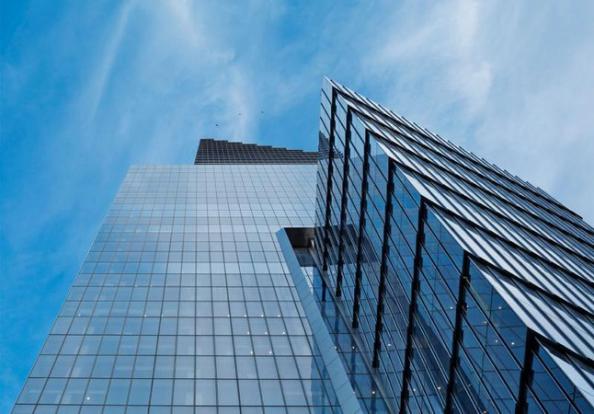
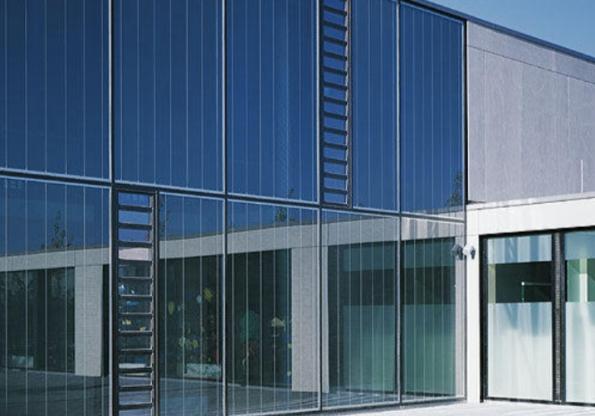
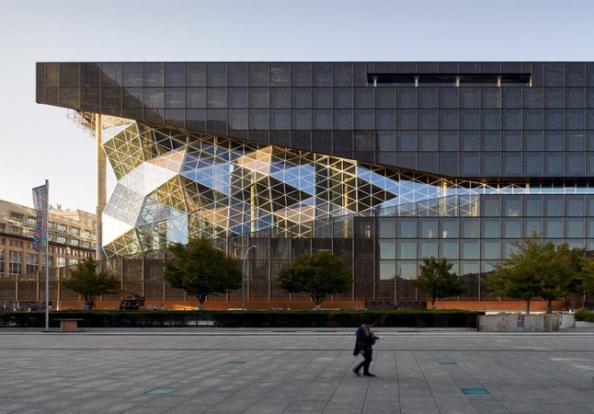

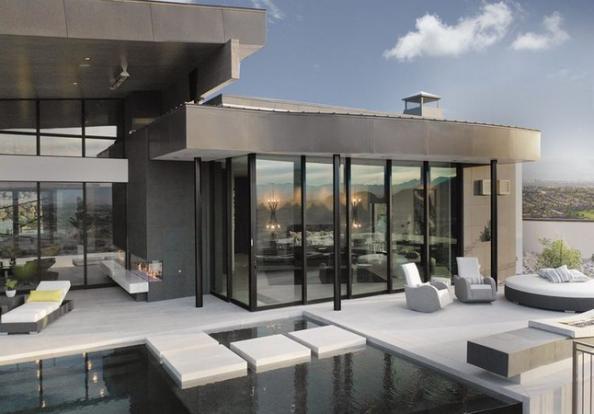

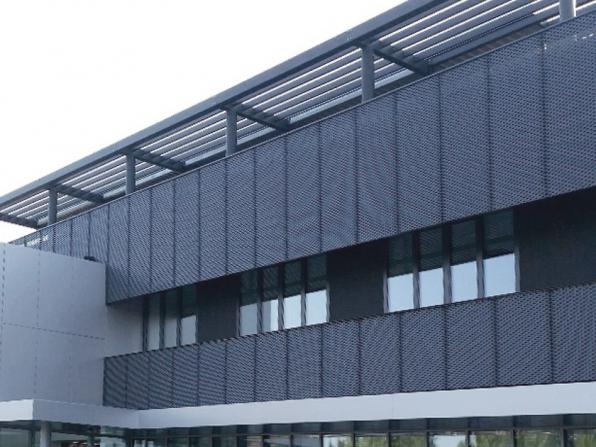
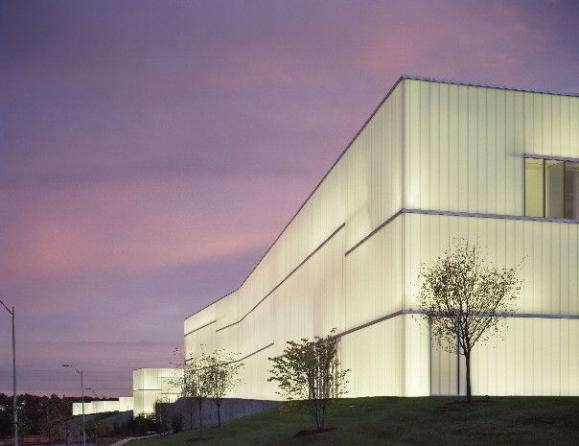
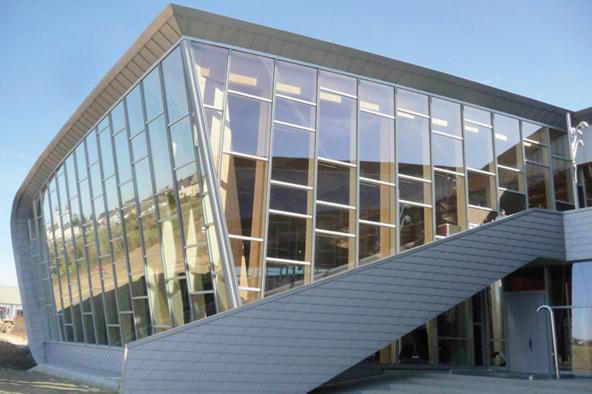
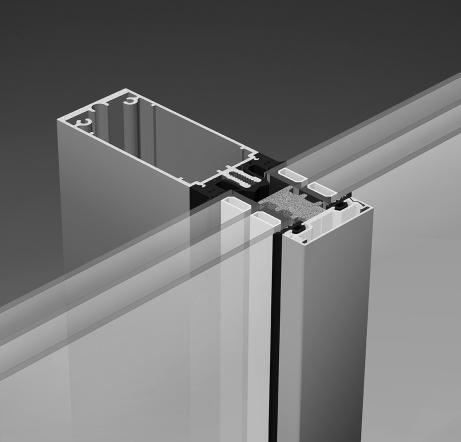
Your comment submitted.